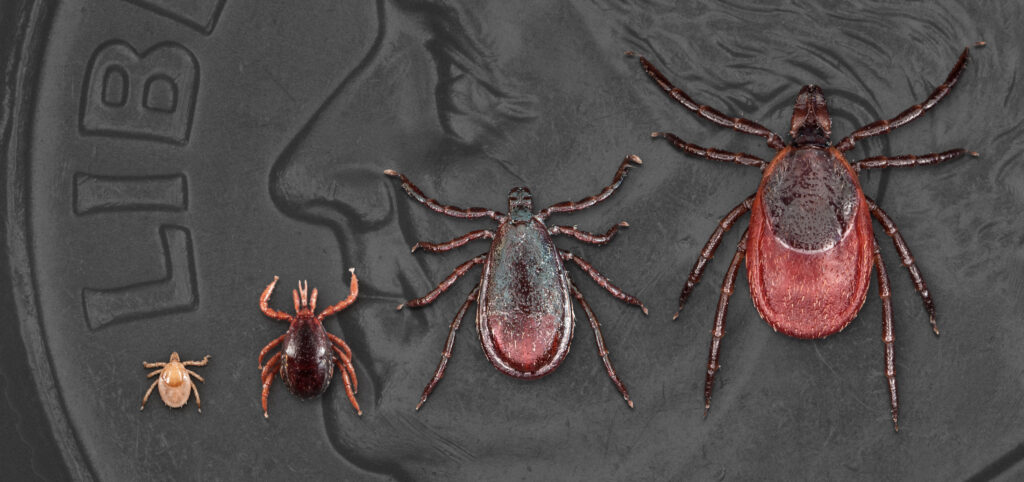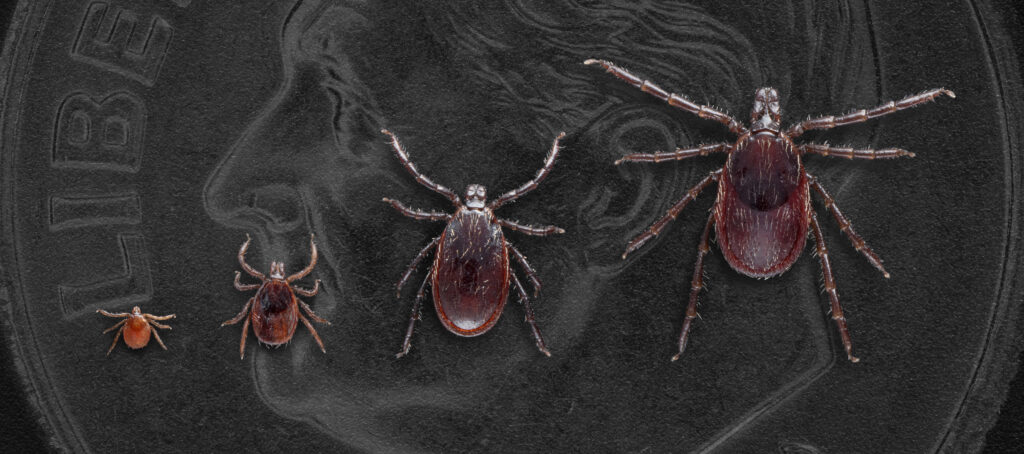Did you know that up to 50% of patients may not know of a prior tick bite when they present with Lyme disease symptoms? As a pediatric-focused nurse practitioner or other pediatric provider, you are a trusted front-line resource for Lyme disease prevention, diagnosis and treatment for patients and their families.
While most common in Northeastern, mid-Atlantic and North Central states, the locations where ticks are found continues to spread. The risk of Lyme disease may also be increased in areas that border high-incidence states. Ticks bite year-round but are most active April-September. While adult ticks are the size of a sesame seed, immature or nymphal ticks are tiny and only the size of a poppy seed. Most humans are infected with the bacteria that causes Lyme disease through the bites of nymphal ticks, which are harder to see.


Ixodes scapularis (more commonly known as blacklegged ticks or deer ticks) spread the bacteria that causes Lyme disease in the Northeastern, mid-Atlantic and North Central states. Along the North Pacific Coast, Ixodes pacificus, the western blacklegged tick, spreads the bacteria that causes Lyme disease.


Learn to recognize, diagnose and treat Lyme disease with CDC’s free tickborne diseases training available on-demand on NAPNAP’s PedsCESM online platform. The course contains four modules:
Attend CDC’s free hour-long Clinician Outreach and Communication Activity (COCA) course, Lyme Disease Updates and New Educational Tools for Clinicians:
NAPNAP’s PedsCESM online learning system also offers two courses specific to pediatric-focused nurse practitioners presented by Dr. Ashley Gyura:
